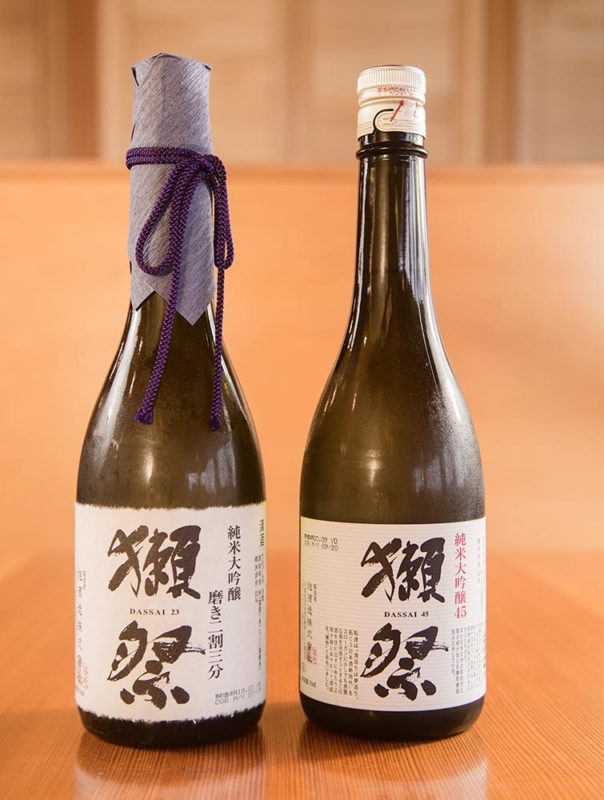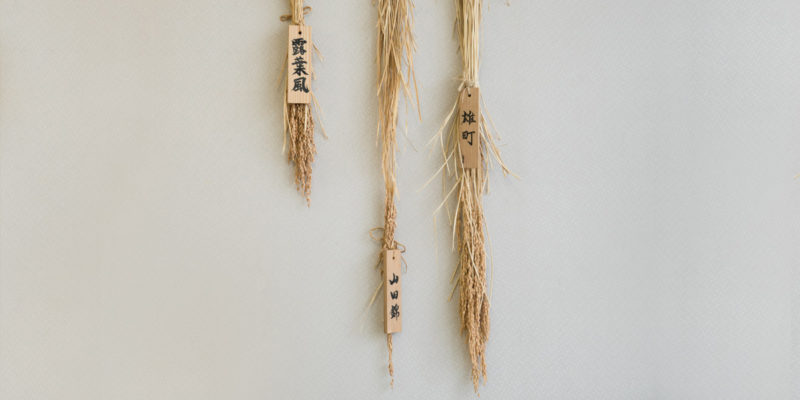Last Updated: 1/27/2021
No sake rice is as highly-prized as Yamada Nishiki. It’s often called the king of sake rice because it can make super high-quality sake.
In this article, we explain why, where it’s grown, and what famous sake use this rice type.
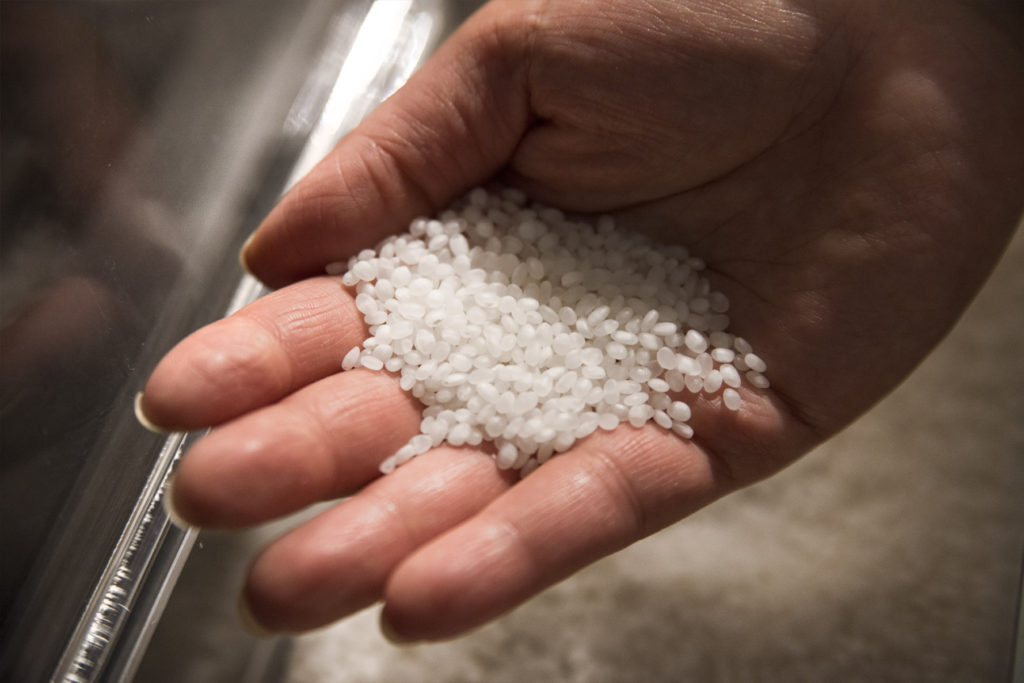
What Does Sake Made from Yamada Nishiki Taste Like?
Sake made with Yamada Nishiki tends to be fragrant, fruity, elegant, and complex.
Yamada Nishiki also polishes well without breaking. This makes it adept at making light and fruity ginjo-shu sake.
Characteristics of Yamada Nishiki Rice
Yamada Nishiki rice is number one in production (of shuzokotekimai, or sake-only brewing rice) despite being quite difficult to grow. At over 3 feet (107 cm) tall and with large grains, Yamada Nishiki is easily knocked over by the wind (lodged). You won’t find it grown on flat land for that reason.
The large grains of Yamada Nishiki are a desirable characteristic, despite the challenges presented by their heft. They contain a high amount of shinpaku (≈ 75%), and a low amount of protein. The Average grain weight of Yamada Nishiki (per 1000 grains) is 26.5 grams.
Beyond that, Yamada Nishiki is very friendly to brewers and relatively easy to control during the production process. Brewers across Japan ship-in this grain to make quality sake.
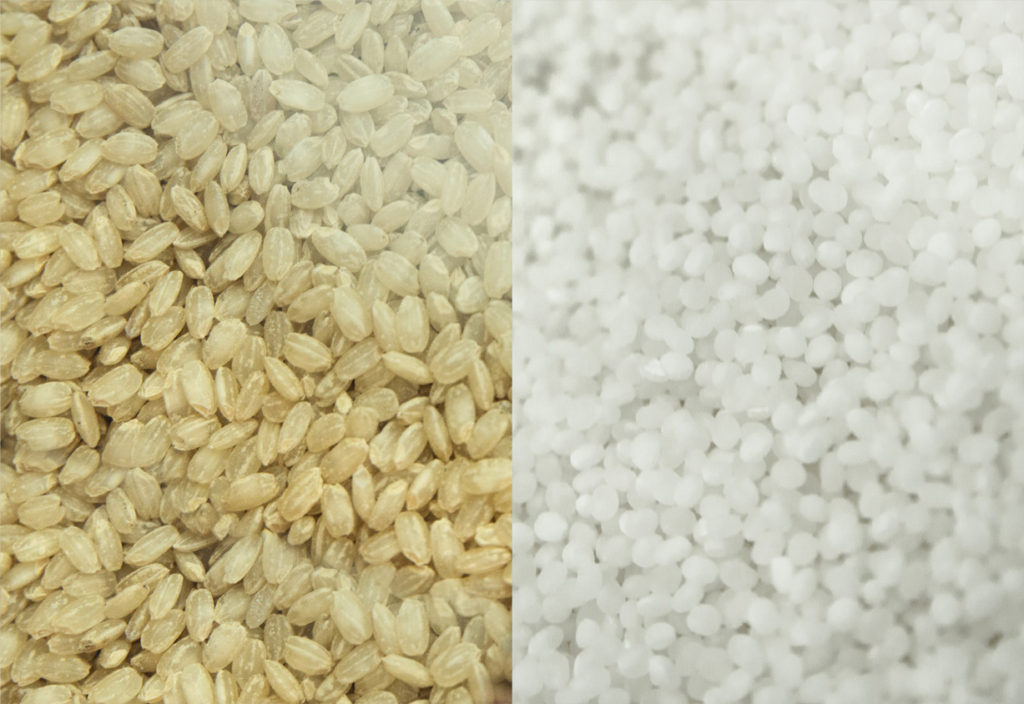
Yamada Nishiki History and Rice Growing Regions
Yamada Nishiki was created in Hyogo in 1923. It’s a cross between Yamadaho 山田穂 and Tankan Wataribune 短稈渡舟.
While this sake rice is grown in Okayama, Fukuoka, Tokushima, Shiga, and Kanagawa, it is principally associated with Hyogo. In 2019, a total of 22,916 tons of Yamada Nishiki were harvested in Japan. Nearly 20,000 tons of that came from Hyogo.
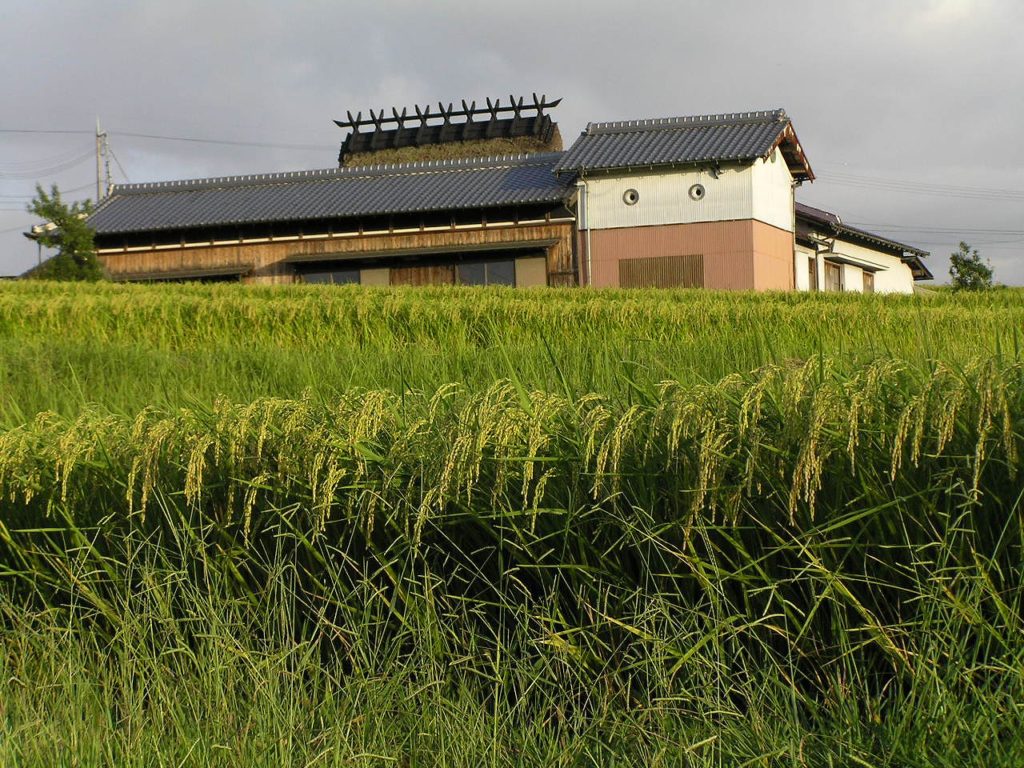
Legendary Kato-shi: Japan’s Answer to Burgundy
The hilly area around Kato-shi (加東市) is said to grow the best example of Yamada Nishiki. The famed town of Tojo (東条) was located here and still appears on the label of some ultra-fine Yamada Nishiki sake. Other prominent places here include Miki-shi (三木市) and Yokawa-cho (吉川町).
These are the Yamada Nishiki equivalents to the villages of Burgundy. Many of Hyogo’s top-ranked “Special A” (“Toku A”, 特A) class sake rice comes from here. And unsurprisingly, it’s highly allocated.
Kato-shi Yamada Nishiki rice plants are well-sheltered from the wind. The exposure also has a favorable southwest orientation. Due to the hilly nature of the area– rice paddies are small. Most farmers here don’t own much acreage.
Within Kato-shi, Akitsu (秋津) is considered the finest Yamada Nishiki paddy. Law stipulated its rice must be hand-harvested and dried. Other elite rice paddies include Tenjin (天神), Shobu Dani (少分谷), Kami Kume (上久米), Shimo Kume (下久米), Fujita (藤田), Uematsu (上松), Oshima (大島), and Maki (槙).
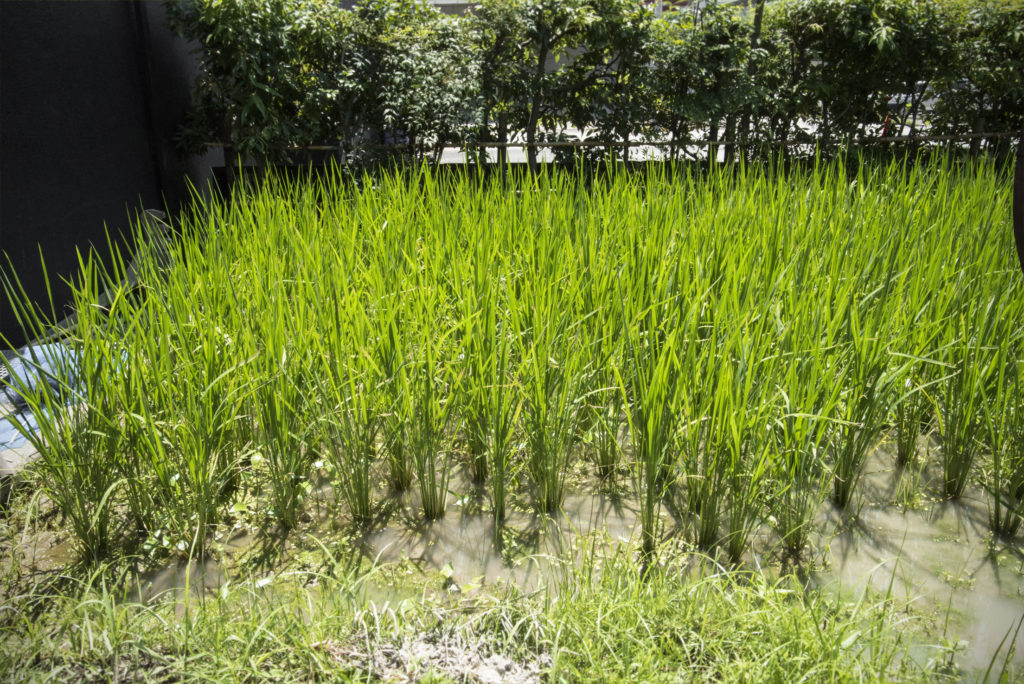
Ouzo Yamada Nishiki
There are areas outside of Kato-shi that produce good Yamada Nishiki rice as well. Ouzo-cho (大沢町) is near Kato-shi is also highly regarded. Kobe Shushinkan’s Fukuju brand of sake sources a lot of rice from here.
Awa City, Tokushima: The Nada of Shikoku
Awa-shi (阿波市) in Tokushima is also known for producing quality Yamada Nishiki sake rice. It is located in the scenic Yoshinogawa valley. The locals call it “Shikoku no Nada” (四国の灘)— the Nada of Shikoku. Awa-shi is home to the well-known brewery Housui (芳水酒造).

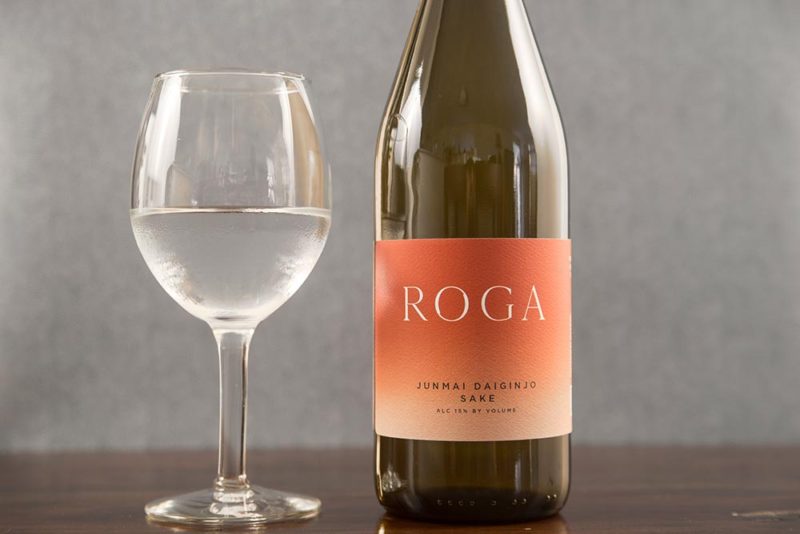
Shop Sake Made from Yamada Nishiki Rice
We may earn commissions on qualifying purchases.
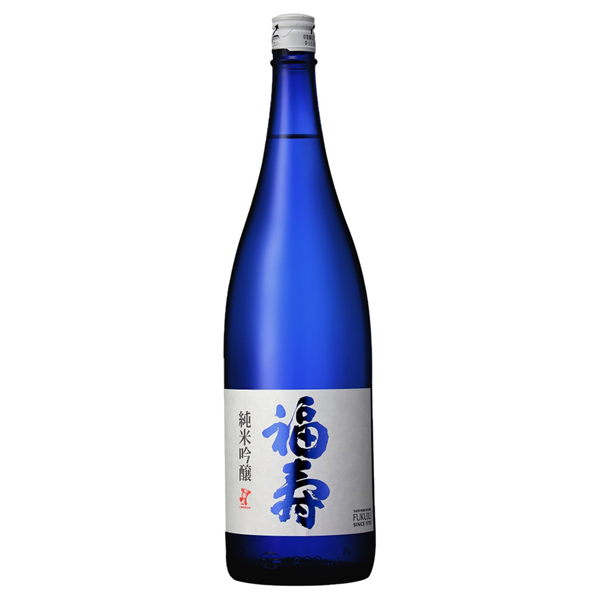
Fukuju “Blue” Junmai Ginjo
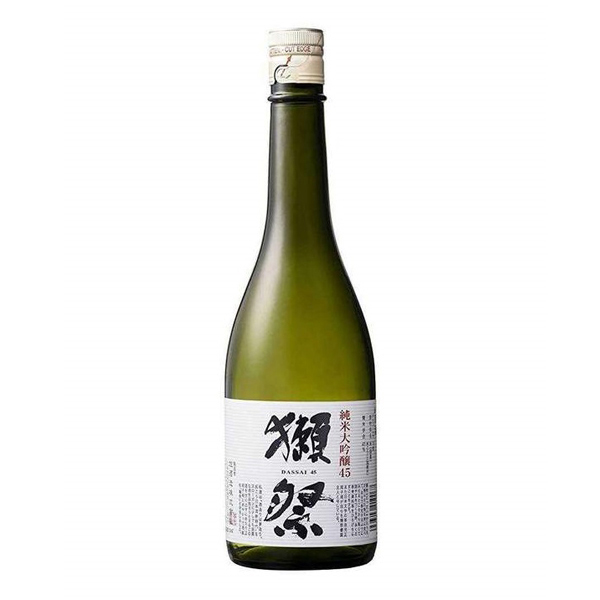
Dassai “45” Junmai Daiginjo
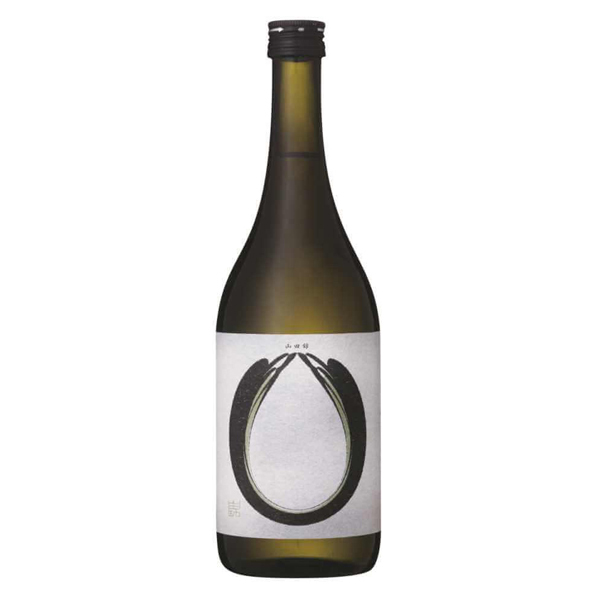
Nanbu Bijin “Shinpaku” Junmai Daiginjo
Other Sake Posts You Might Like
The Sake Rice Guide: 36 Major Types Every Sake Fan Should Know
Follow the Japanese Bar on Social Media
Connect with our latest posts, the newest Japanese beverage info, and get exclusive promotional offers. Level-up your sake IQ!
References and Links
- Hideki Ueyama et al. (9/29/2014). Development of daily mean air temperature data with 50-m resolution for an information system identifying the suitable planting period for Yamadanishiki sake rice. Journal of Agricultural Meteorology.
- (1/21/2019). Agricultural product inspection result of rice produced in 2018. Ministry of Agriculture, Forestry, and Fisheries.
- Eisuke Soga (12/15/1974). Study of suitability for sake rice (1st report). Brewing Society of Japan
- Hyogo Prefecture Official Website
- SNSR– Society for Nada Sake Research + Philip Harper provide this excellent source
